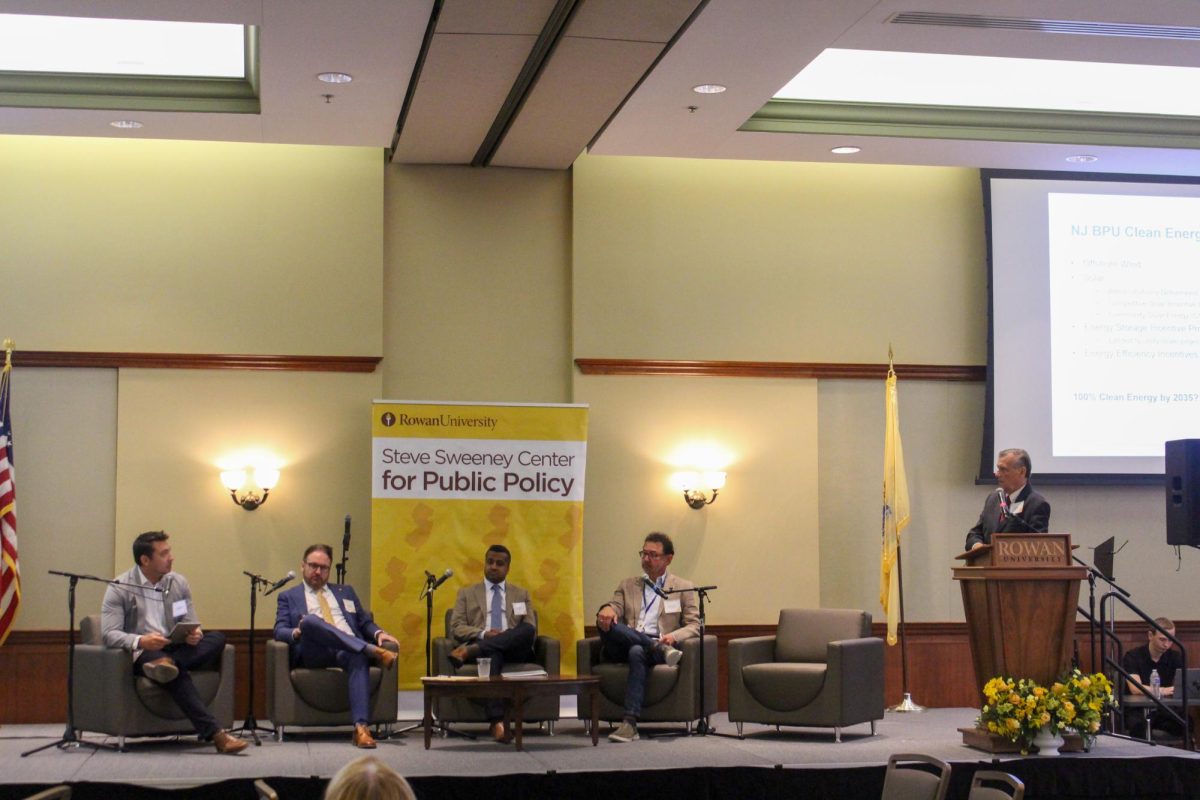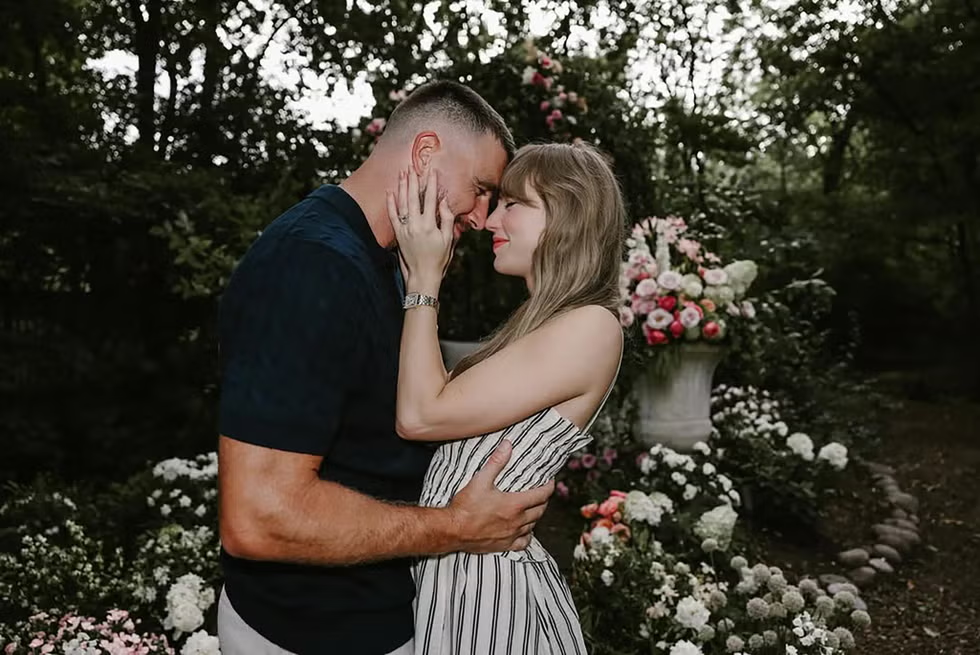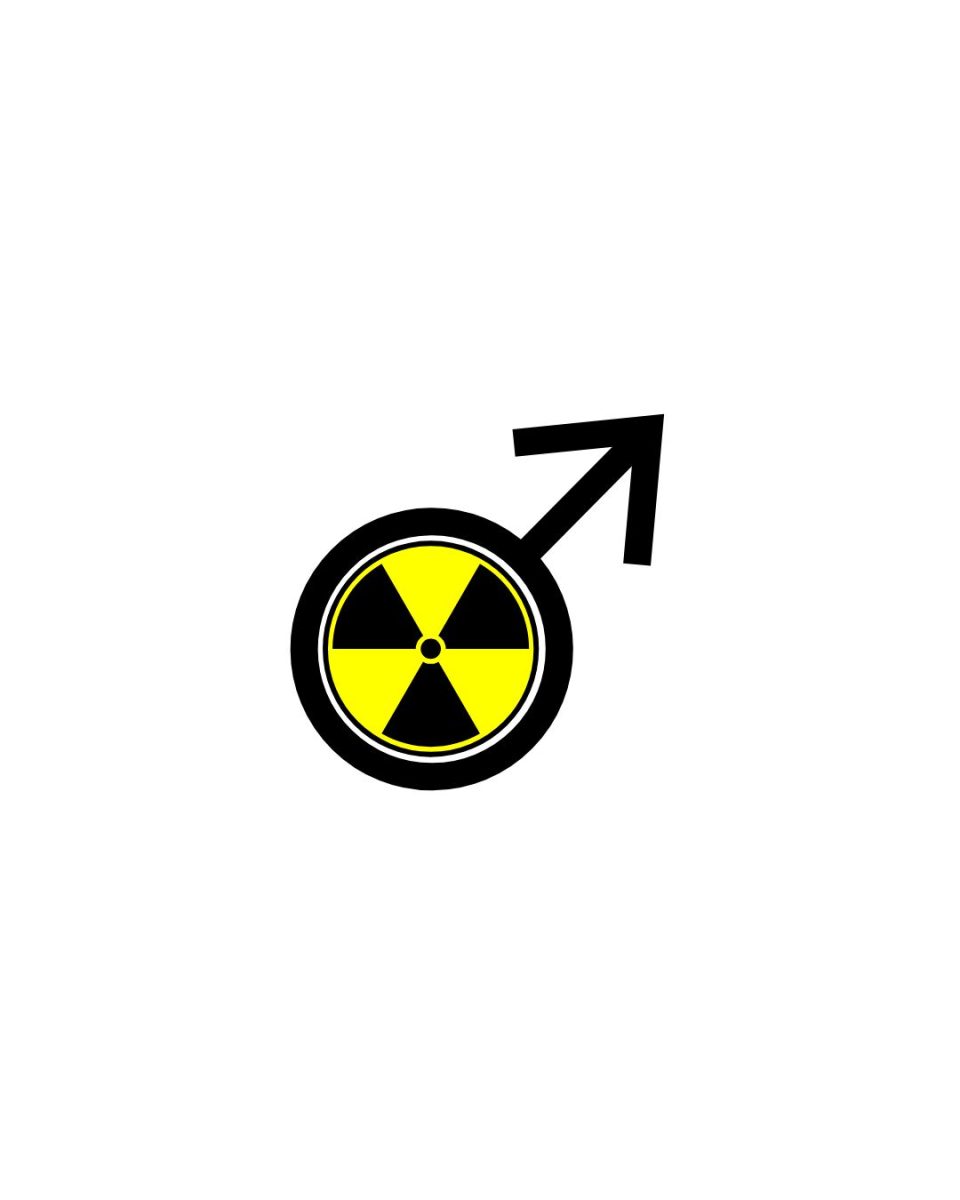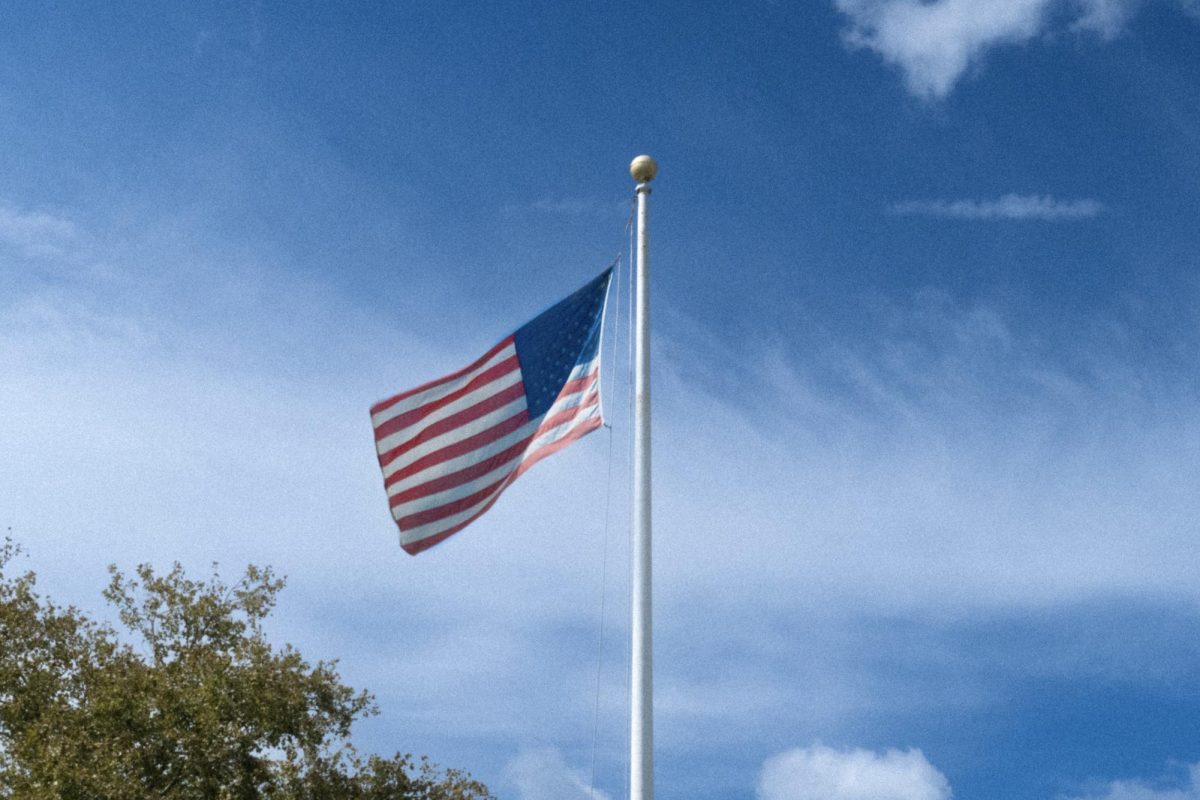Why do we value art?
I believe that, in most cases, beauty points towards the truth. Beautiful things reflect great quality, a certain impressiveness in whatever aspect of them we find beautiful.
And while beauty is sometimes deceptive, used and abused to obscure the truth rather than give witness to it, the fact remains that we are drawn to it. We believe it will point us towards some form of enlightenment.
For this reason, people who make beautiful things are valued for their work. Those who set out to create something beautiful as a way to express themselves or give witness to a great truth, I believe, are better artists than those who do it purely for money or as a way of gaining something in return. Though these things certainly aren’t mutually exclusive, one who does the former without doing the latter is surely an inferior artist.
But here’s something we frequently forget: artists are people too. And like all people, they are capable of just as much ugliness– if not more so.
With boring regularity, it seems that well-established musicians, actors and other prominent creators have their dirty laundry aired, oftentimes without their consent. And while sometimes it is truly repulsive and shocking, to the point that some of us feel betrayed, does knowing the dark truth somehow invalidate their artistic merit?
Bad people can do incredible things and should be rightly praised for them.
I won’t use any specifics, but consider this: a despicable human being who makes great music should not have their music suspended from every radio and streaming platform because they’re despicable, especially if their music was already beloved before their darkness came to light.
Does propagating and appreciating the art of bad people somehow endorse, or even excuse, the shameful things they do? Of course not. The only reason we think it does is by association. Merely seeing a painting or hearing a song conjures up foul thoughts of the creator’s actions, which we mistakenly consider an endorsement.
Bad people deserve whatever punishment that is justified for their actions. However, to say that because of their actions, they somehow instantly and permanently lose all artistic merit is narrow-minded and reductive.
Again, I must insist that bad people deserve punishment for the bad things that they do. However, to use those bad things as a condemnation of good art, unless in the highly specific and rare instance that the art is the direct result of something horrible, does not help anyone. It doesn’t undo the tragedies of the past, all it does is deprive the present and future of something beautiful.
If we define people by their worst attributes, the whole world becomes very, very ugly. More than that, it becomes blind to beauty since we become so focused on searching for negatives.
It’s become a popular trend in recent years to tear down statues and change the names on buildings because those names and likenesses are tangentially linked to elements of our history we’d prefer to forget or at least place behind us. Some examples make more sense than others, but none are truly justifiable, since the reason for those names and likenesses are used is entirely independent of the negatives that accompany them.
Here’s a hypothetical to illustrate my point: Each of the four presidents whose faces are carved into Mt. Rushmore has faced some degree of retroactive shame for their lives for not living up to the socially acceptable standards of the 21st Century. Is it justifiable, then, to blow up Mt. Rushmore? If not, then are we really leaving a 60-foot memorial of ignorance and oppression to the future generations? Some may have us think so, but I say not.
I say we stop trying to destroy beautiful things before we forget what they look like at all.
For comments/questions about this story tweet @TheWhitOnline or email [email protected].























































































































































!["Working with [Dr. Lynch] is always a learning experience for me. She is a treasure,” said Thomas. - Staff Writer / Kacie Scibilia](https://thewhitonline.com/wp-content/uploads/2025/04/choir-1-1200x694.jpg)












































